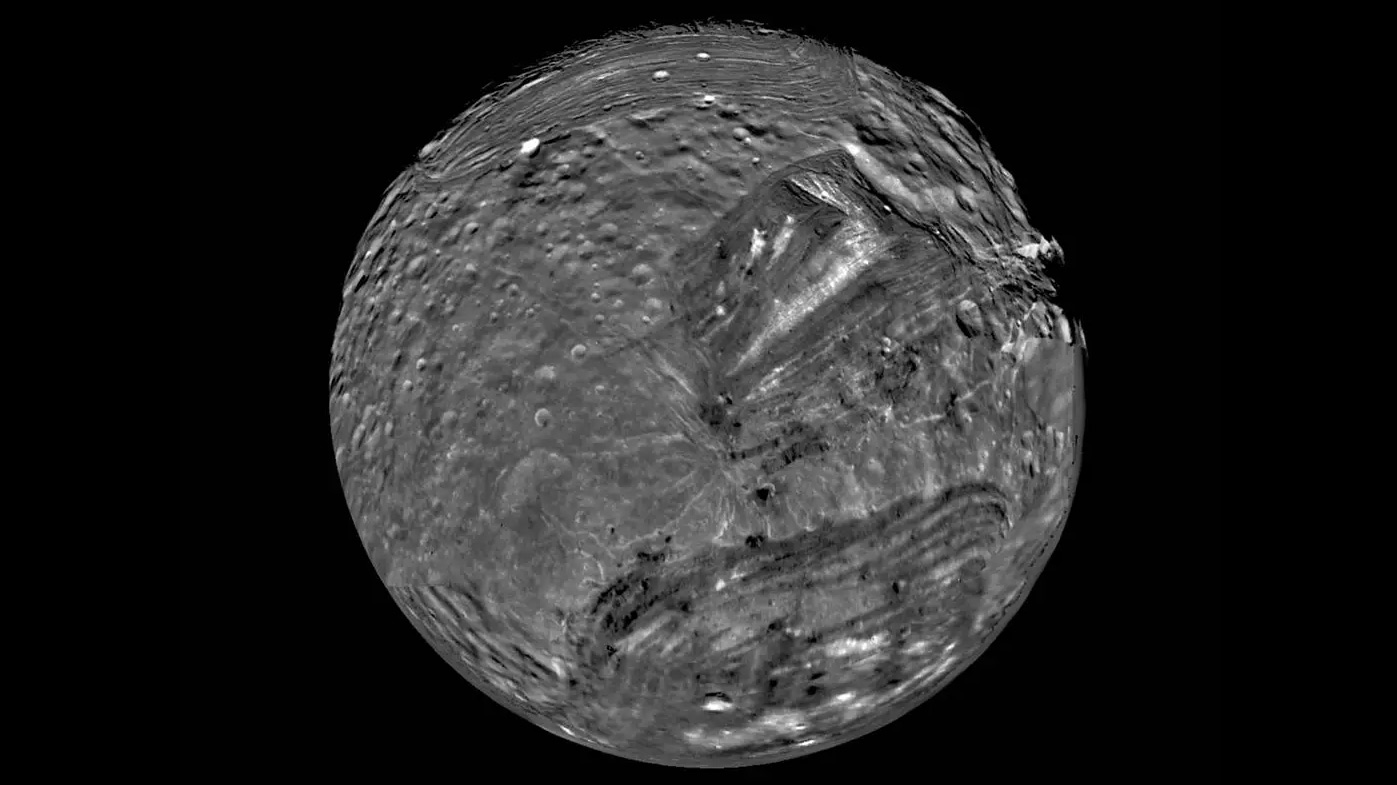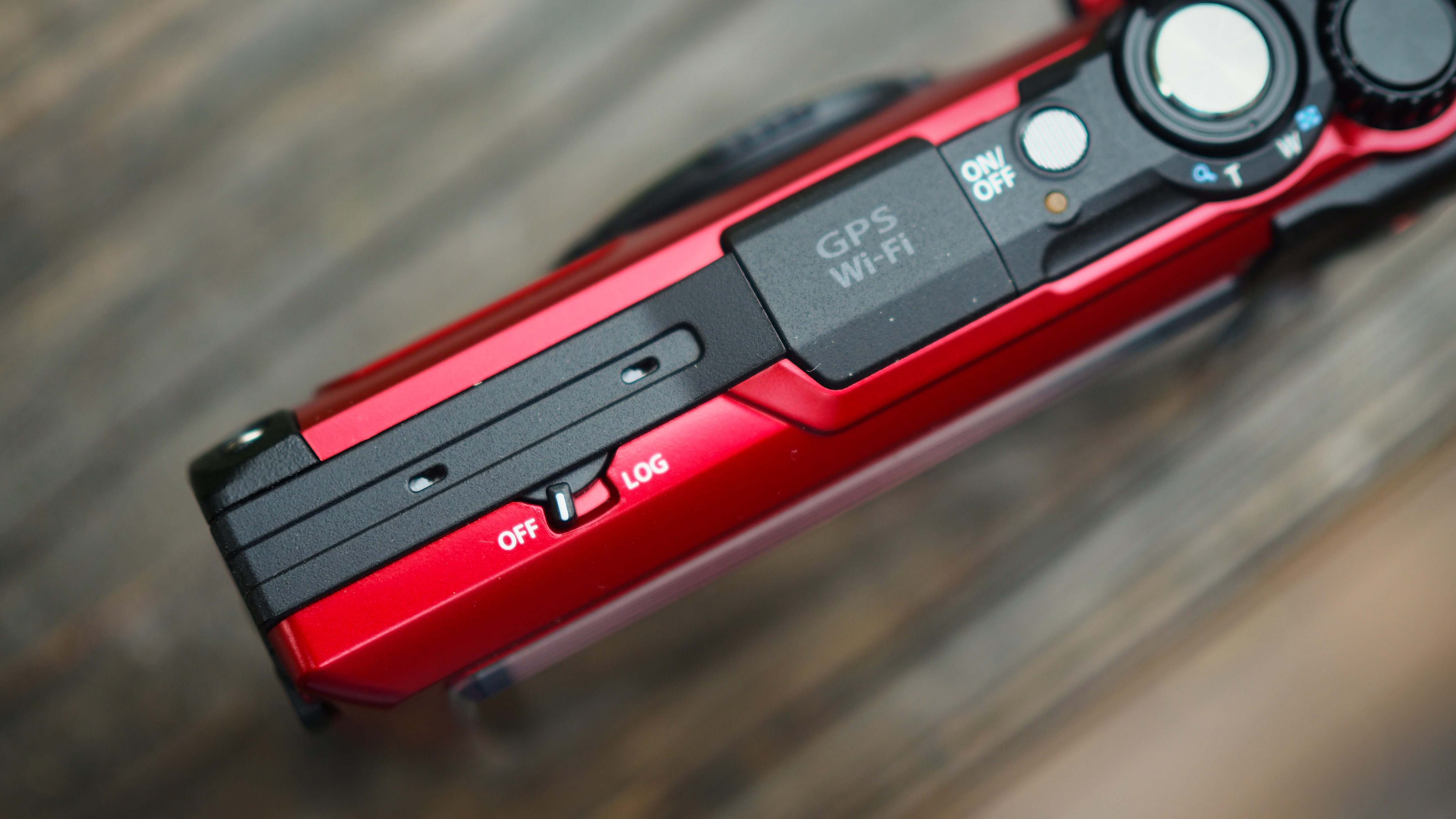NASA photo inspires engineer to create mining colony on moon of Uranus – just 38 years and 1.6 billion miles later!
This photo from Uranus's moon Miranda caught by the legendary NASA mission Voyager 2 has inspired a new book

Captured by the now legendary Voyager 2 mission, this picture of Miranda, a moon of Uranus, was enough to serve as inspiration for a new book, proving photography of all kinds is essential to creatives!
The book, A Truth Beyond Full, by Rosie Oliver, is a science fiction book about mining published by Elsewhen Press. Oliver is an engineer with 30 years of experience, and when she ran out of books to read in her favored genre, she started writing her own.
The photograph of Miranda was shot in January 1986 – and is a composite of nine separate images taken of the south polar view of the moon.
Miranda, or 'Uranus V', was first spotted in 1948 and has a number of puzzling features for astronomers, including an unusual orbital inclination for a moon so close to its planet.
Peter Buck, Editorial Director at Elsewhen Press, said: “Like the best science fiction, it was clearly written by someone who understood the underlying science – in this case mining and geology. We had no hesitation in choosing to publish it.”
The Voyager 2 probe has now left the solar system and is headed out into the universe at around 34,000 miles per hour. It will reach the influence of another star – Ross 248 – in about 40,000 years before continuing on toward Sirius, the brightest star in the night sky.
It was one of two sent from Earth in different directions planned to pass by as many of the giant planets and their moons as possible; Jupiter, Saturn, Uranus, Neptune and a total of 48 moons, including Miranda.
The best camera deals, reviews, product advice, and unmissable photography news, direct to your inbox!
Their route was to the outer planets so it was always known their flight path would eventually lead them out of the solar system, and in August 2012 Voyager 1 – launched in 1977, shortly after Voyager 2 – became the first man-made object to enter interstellar space.
Knowing this was their destiny, both craft famously carry a gold disc with images and recordings of humanity in case they are intercepted by an advanced species.

With over 20 years of expertise as a tech journalist, Adam brings a wealth of knowledge across a vast number of product categories, including timelapse cameras, home security cameras, NVR cameras, photography books, webcams, 3D printers and 3D scanners, borescopes, radar detectors… and, above all, drones.
Adam is our resident expert on all aspects of camera drones and drone photography, from buying guides on the best choices for aerial photographers of all ability levels to the latest rules and regulations on piloting drones.
He is the author of a number of books including The Complete Guide to Drones, The Smart Smart Home Handbook, 101 Tips for DSLR Video and The Drone Pilot's Handbook.

